

Sage is a plant to grow as a perennial, annual, biennial, and for landscaping, too.
Simple Sage facts
Name – Salvia officinalis
Family – Lamiaceae
Type – perennial or annual
Height – 12 to 48 in (30 to 120 cm)
Exposure – full sun
Soil: light, well-drained – Blooming: end of spring → fall – Harvest: year round
There are a great many species of Salvia, over 900. Here is a focus on growing medicinal sage, the most common variety that grows in temperate climates.
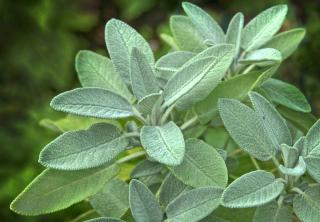 You can plant sage starting in October and all the way to May-June, keeping a distance of 10 to 12 inches (25 to 30 cm) between plants.
You can plant sage starting in October and all the way to May-June, keeping a distance of 10 to 12 inches (25 to 30 cm) between plants.
Avoid planting sage in the summer during heat waves, the temperature would stress the plant and it might not take off after that.
If sowing from seed, sow annual sage during the month of March in a sheltered place.
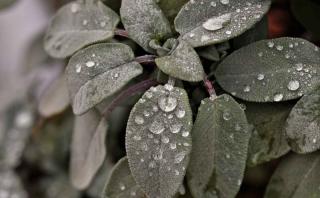 Sage, if properly settled in, only requires little care and attention.
Sage, if properly settled in, only requires little care and attention.
This plant copes well with having a lot of sun, but must be watered in case of elevated temperatures.
If growing it in pots, don’t wait for the soil to be completely dry before watering again; simply water often but in moderate amounts.
To sum it up, sage is a plant that is easy to grow and care for, and is perfect for all gardeners, from the beginner to the expert.
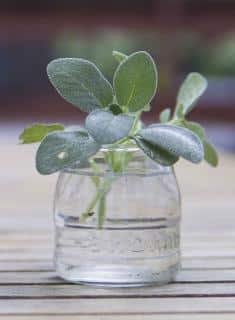 Sage can be harvested all year round depending on your needs, but the growth or vegetation phase is when leaves and flowers are most interesting in terms of flavor.
Sage can be harvested all year round depending on your needs, but the growth or vegetation phase is when leaves and flowers are most interesting in terms of flavor.
Sage is best collected in the morning during the vegetation phase, from spring up to the end of summer, but it is still fine when collected in the later hours of the day.
Wait for the plant to have grown quite a bunch of leaves before harvesting for the first time. Keep a few stems to propagate it through cuttings.
Dried sage leaves keep very well, they can last several months.
Very well defended against most diseases, sage actually is more of a repellent against certain kinds of insects and diseases that usually attack plants in the vegetable patch, such as the “large white” butterfly.
Sage is also said to be a great rodent repellent.
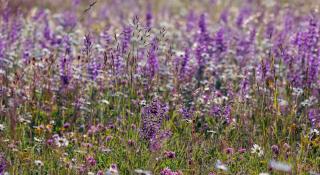 There are many different medicinal sage varieties but they’re all grown the same way and share the same health benefits.
There are many different medicinal sage varieties but they’re all grown the same way and share the same health benefits.
Here is a short, incomplete list of interesting varieties to grow in your garden.
– Salvia icterina – leaves mottled with yellow.
– Salvia tricolor – leaves are purple, green and white.
– Salvia purpurea – leaves are purple.
There are other edible sage varieties, too, like the clary sage (Salvia sclarea) which is full of flavor, often paired with meat. Its fragrance is sometimes used to make perfume.
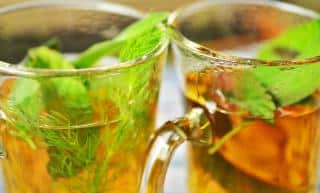 There are very many sage species and varieties, and all differ in shape and color.
There are very many sage species and varieties, and all differ in shape and color.
The name “Sage” comes from the Latin root salvia (to save) and the plant is known for its medicinal properties and its fragrant foliage.
Indeed, medicinal sage offers numerous therapeutic properties, such as being diuretic and tonic. These properties have been known to us since the Middle Ages, when the leaves and flowers were used in infusions and decoctions.
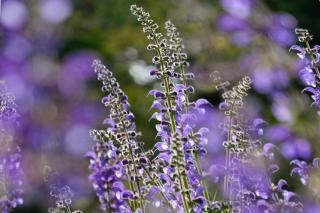 Also very ornamental and simply of a high value as a spice, this plant is also used simply to decorate the garden and cook delicious flavorful meals.
Also very ornamental and simply of a high value as a spice, this plant is also used simply to decorate the garden and cook delicious flavorful meals.
The flowers that are most often seen are lavender blue in color, but some varieties and species boast flowers of different hues.
These plants are great either in a flower bed or along edges, in a rocky pile or sand patch, and even fit right into a garden box on your balcony or terrace.
Flower your beds with plants of all colors, shapes and sizes!